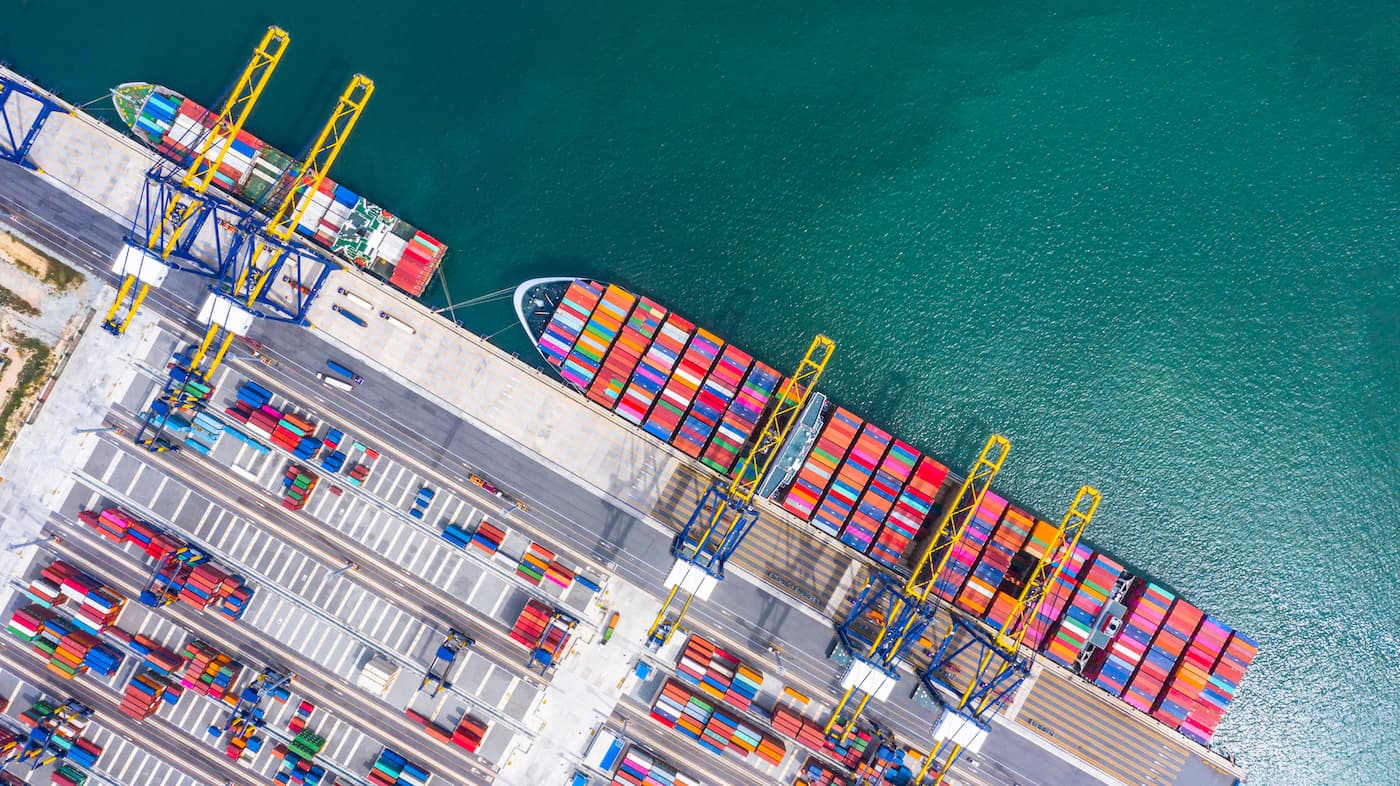By Michael Obuchowski, Ph.D, Founder & Chief Investment Officer, Merlin Asset Management
Heading into 2020, the global economic outlook is extremely complicated. While the world’s economies and supply chains have never been more interconnected, ongoing political and trade tensions continue to create uncertainty for global supply chains.
Here are four ways that these factors will affect shipping and logistics professionals in the year ahead.
The Trade Wars Trajectory
Even though the Dec. 15 tariff announcement called for no new increases, it primarily lowered tensions, instead brokering any actual agreements. However, it’s still an essential step in lowering the trade disagreement intensity.
Also positive, but somewhat surprising, was the passage of the United States-Mexico-Canada Agreement, USMCA.
With the approaching 2020 elections, the U.S. administration chose to give in to the House Democrats' demands on workers’ rights, environmental protection, and prescription drug prices. Regardless of whether the USMCA (or the new North American Free Trade Agreement, NAFTA) is significantly different from the old NAFTA, or not, the finalized deal helps lower North American market uncertainties.
Global Effects on Shipping/Logistics
I see the deadline to comply with the International Maritime Organisation, IMO 2020 global limit on sulfur in ship fuel oil as just the cusp of the process toward total decarbonization.
The new 0.5% compliant fuel costs will affect shippers' expenses. The ability to pass on the increased costs will likely depend on the economic growth and the supply chain changes due to the U.S.-China trade wars.
While the IMO 2020 limit helps the shipping industry, it also brings increased attention to the environment. I expect there will be growing demands for the continued elimination of pollution with the ultimate goal of zero impurities.
Continual Worldwide Production Shifts
There are countries that have benefited directly from the manufacturing shift away from China. This is due to rising costs combined with the trade war tensions.
Prior to the trade war, the region was already adjusting its economic growth models from export to services to domestic manufacturing. As such, I expect those cost-driven manufacturing shifts to continue, and support from the Chinese government for these industries to wane.
This lower-cost manufacturing is likely to benefit countries such as Vietnam, Bangladesh, Thailand, Indonesia, and India. The onset of the trade war created an additional level of urgency to this process, and I expect this trend to continue unabated.
Some of the more sophisticated manufacturing will shift to countries such as Taiwan, Singapore, Malaysia, and Mexico—all of which have managed to escape the trade wars’ brunt.
Trade Politicization
The long-term politicization of trade regulation could damage the reliability of U.S. suppliers in the global market. This would have eventual negative consequences for U.S. jobs–even in a relatively closed economy where exports only represent approximately 12 percent of the GDP.
China’s increasing efforts to be self-sufficient in technology were bolstered by the trade war. This will likely unravel a decade of international trade and global supply chains.
There are already recent examples—and eventual effects—of this process in action:
- Huawei’s latest Mate 30 phone was designed without any U.S.-sourced components. This is while many companies have been permitted to continue selling most of their products to the company.
- T-Head, Alibaba’s chip subsidiary, recently introduced its first AI chip built on the open-source RISC-V architecture. This was instead of licensing architecture from companies such as U.K.-based ARM.
This could have a short-term negative effect on U.S. technology companies—with likely exceptions and permits allowing them to work with Chinese companies.
Non-U.S. technology companies with competitive products will benefit specifically where there’s limited risk of supply disruption resulting from the trade war.
Alternatively it will have long-term positive benefits for the Chinese hardware and software industry, and negative for both U.S. and western-based technology companies.
The preceding blog was excerpted in part from the CAF Quarterly Forecast. Click here to download the full Q1 2020 edition for additional industry insights and a full global economic report.













 Copyright 2025 CAF Worldwide. All rights reserved.
Copyright 2025 CAF Worldwide. All rights reserved.